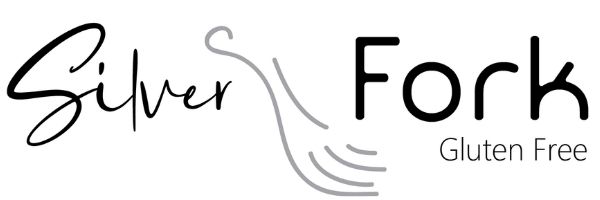The weight loss journey is a challenge for many, especially in the Western world where around 2 out of 3 Americans are overweight. Traditional advice on losing weight seems to fall short, and many find themselves stuck in a cycle of losing and regaining the same pounds. The importance of understanding calorie density in the context of weight loss can’t be overstated. This comprehensive guide aims to dive deep into the significance of calorie density and its profound impact on weight loss.
Widespread Weight Issues
The Obesity Crisis
With the alarming statistic that nearly two-thirds of Americans are overweight, there’s no denying that obesity has become a serious health concern. But why has it reached this point? A combination of sedentary lifestyles, high-calorie diets, and other factors has contributed to this epidemic.
Traditional Advice Insufficiency
The Failure of Conventional Wisdom
“Eat less and move more” is the age-old advice. But is it really effective? Studies show that this oversimplified approach often leads to temporary weight loss, followed by a rebound. It lacks a focus on the quality of the food, which is where calorie density comes into play.
Focus on Low-Calorie Density Foods
Nutrient-Rich Choices for Sustained Weight Loss
Low-calorie-density foods, such as fruits, vegetables, whole grains, and legumes, are often nutrient-rich. These foods fill you up without adding too many calories, making them essential in promoting weight loss.
Calorie Density Defined
Understanding the Four Categories
Calorie density measures the calorie concentration in food, and it is categorized into four groups:
- Low
- Moderate
- High
- Very High
Understanding these categories can make the weight loss journey more manageable.
Fruits and Vegetables Are Key
The Foundation of a Healthy Diet
Low-calorie density foods like fruits and vegetables are your allies in weight loss. They provide essential nutrients without the added calories, promoting health and weight loss simultaneously.
High-Calorie Density Foods
The Trap of Processed and Animal-Based Foods
High-calorie-density foods often include processed and animal-based items. These foods contribute to overeating and are less beneficial for weight loss, so moderation is advised.
Animal Products and Dairy Limitations
Embracing Plant-Based Alternatives
Excluding animal products and dairy is not just about calorie density. Various other reasons, including their association with weight gain and their poor fit in the calorie density criteria, make plant-based alternatives more encouraging.
Practical Weight Loss Tips
Simple Strategies for Success
- Eat to satisfy hunger
- Prioritize low-calorie density foods
- Avoid liquid calories
- Use high-calorie dense foods sparingly
Calorie Awareness Over Strict Counting
Beyond the Numbers
Understanding the source of calories is more crucial than strict counting. Focus on quality, and aim for at least 1500 daily calories from wholesome sources.
Simplicity in Diet
Embracing Nutrient-Rich, Low-Calorie Dense Foods
The guidance emphasizes easy-to-follow strategies that highlight nutrient-rich, low-calorie-dense foods. Resources such as a vegan starter guide, recipes, and a 21-day meal plan offer a straightforward path to success.
Conclusion
The focus on low-calorie density foods, rich in nutrients, rather than merely cutting calories or carbs, is a more sustainable and effective approach to weight loss. Emphasizing fruits, vegetables, and whole grains, while being mindful of calorie sources rather than strict counting, provides a pathway to success. The report promotes a plant-based diet, underlining the importance of simplicity and awareness in dietary choices for achieving and maintaining healthy weight loss. By changing our perspective on weight loss and focusing on calorie density, we can begin to understand our body’s needs and find a balanced and fulfilling approach to health and wellness. [1]




